Recent Posts

Blockchain

Mastering Layer 2 Solutions: A Comprehensive Guide for Blockchain Developers
Looking for a way to scale blockchain efficiently? Layer 2 solutions are the answer. These techniques process transactions off the main blockchain to cut down congestion, reduce fees, and speed up transactions. In this guide, you’ll learn how state channels, sidechains, and rollups work, and why they matter for blockchain software developers. Key Takeaways Mastering […]
infuy
July 10, 2024
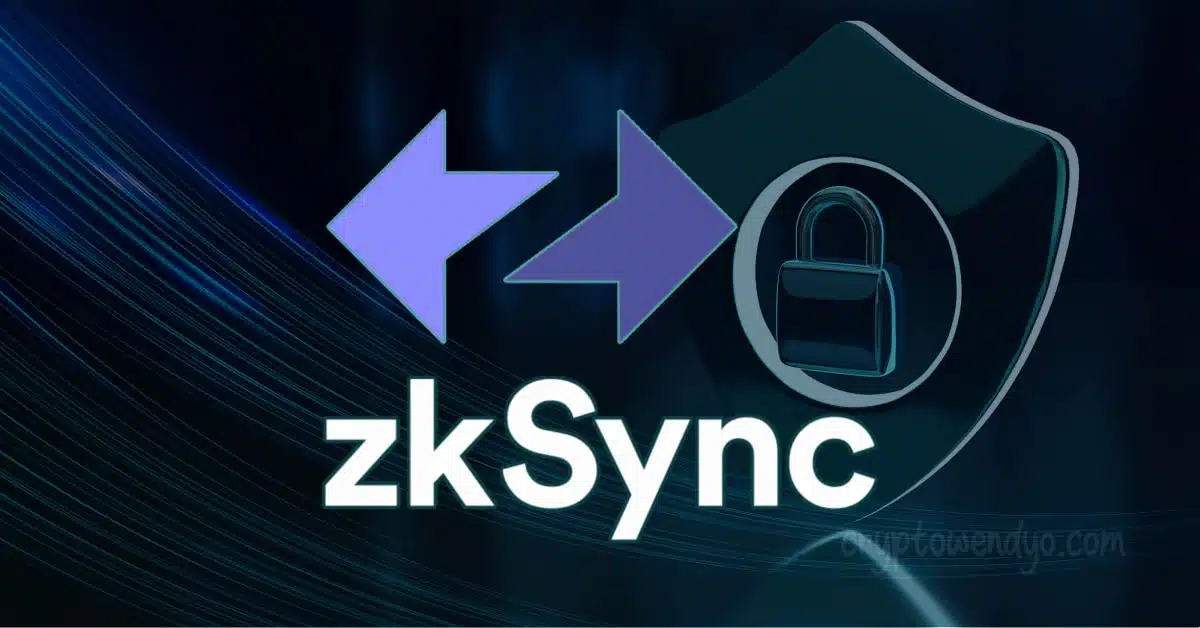
Blockchain

An In-Depth Exploration of zkSync: Evolution, Features, and Future Prospects
Introduction In the ever-evolving world of blockchain technology, zkSync is emerging as a game-changer. As Ethereum struggles with high transaction fees and slow speeds, zkSync, a Layer 2 scaling solution, is stepping in to address these issues. This article delves into zkSync’s evolution, its core components, and how it is shaping the future of Ethereum. […]
infuy
August 24, 2023
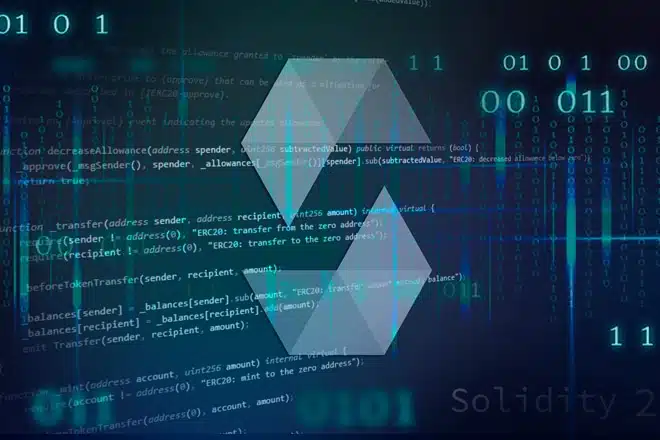
Blockchain

Protecting Your Solidity Smart Contract from Block Timestamp Manipulation
Solidity is a powerful programming language used to write smart contracts on blockchain platforms like Ethereum. However, just like any other programming language, it has its vulnerabilities. One such vulnerability is block timestamp manipulation, which can be exploited by attackers to manipulate the timestamp of a block in order to compromise the integrity of a […]
Martin Liguori
June 7, 2023
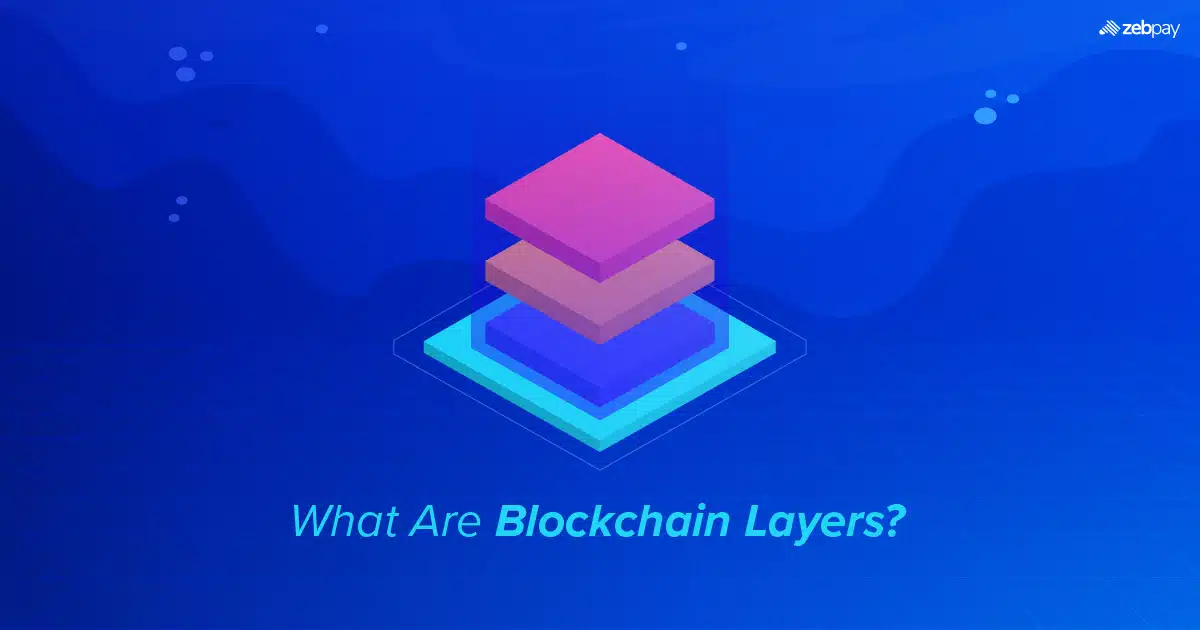
Bitcoin

Understanding Blockchain Layers: A Comprehensive Guide
Blockchain represents a major innovation in terms of how information is stored and transferred. The simplest way to picture it is as a shared, immutable, decentralized and distributed ledger that stores and keeps track of transaction records. It is built upon layers in which each layer has a unique functionality that ,together, make blockchain a […]
Romina
May 23, 2023
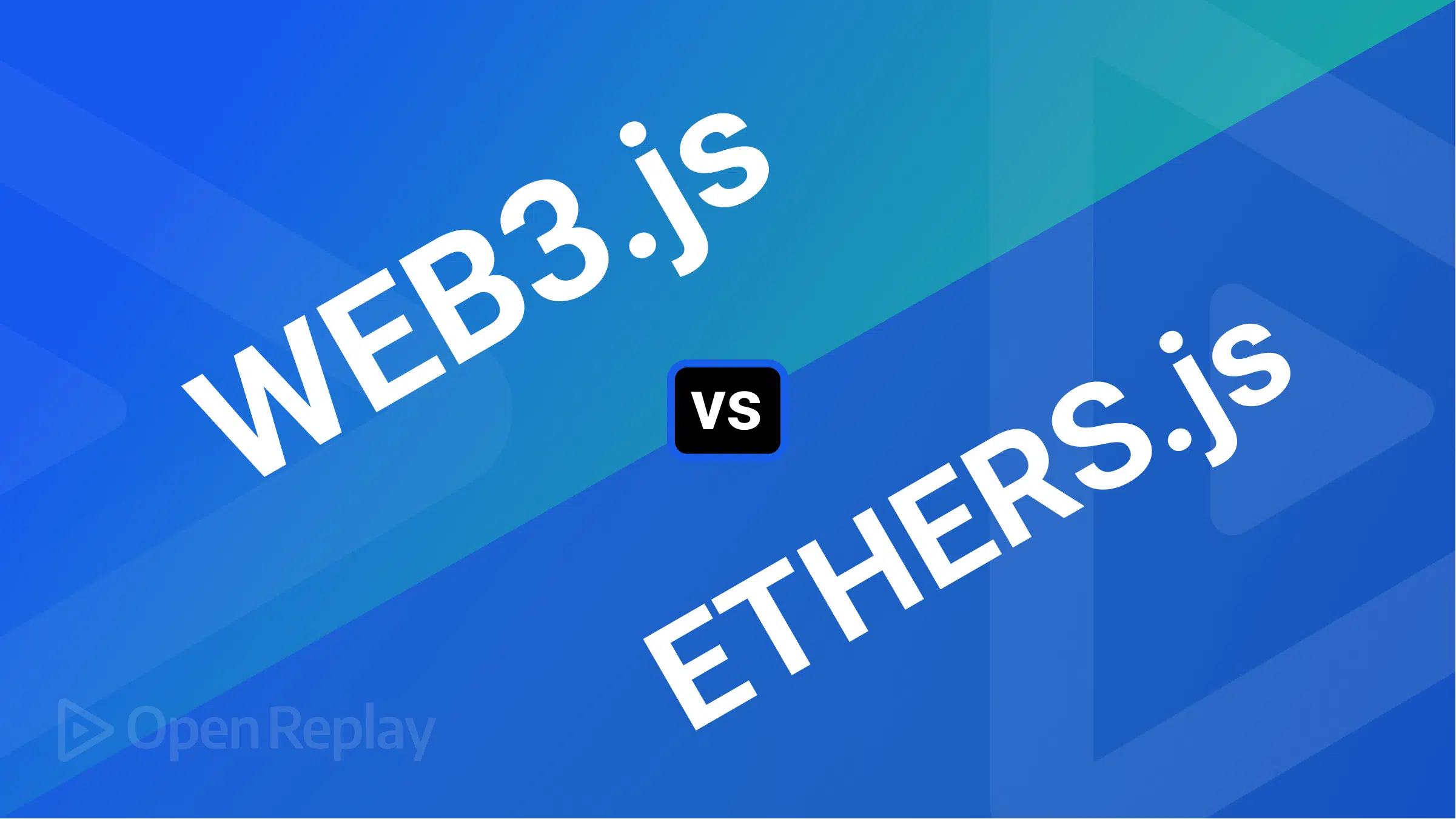
Blockchain

Web3.js vs Ethers.js: Picking the Right Ethereum Library for Your DApp
Developing decentralized applications (DApps) on the Ethereum platform requires using powerful libraries to interact with the blockchain. Web3.js and Ethers.js are the two most popular choices for this purpose. In this extensive guide, we will compare Web3.js vs Ethers.js, discuss their core features, provide code examples, and explore their strengths and weaknesses to help you […]
Martin Liguori
May 10, 2023
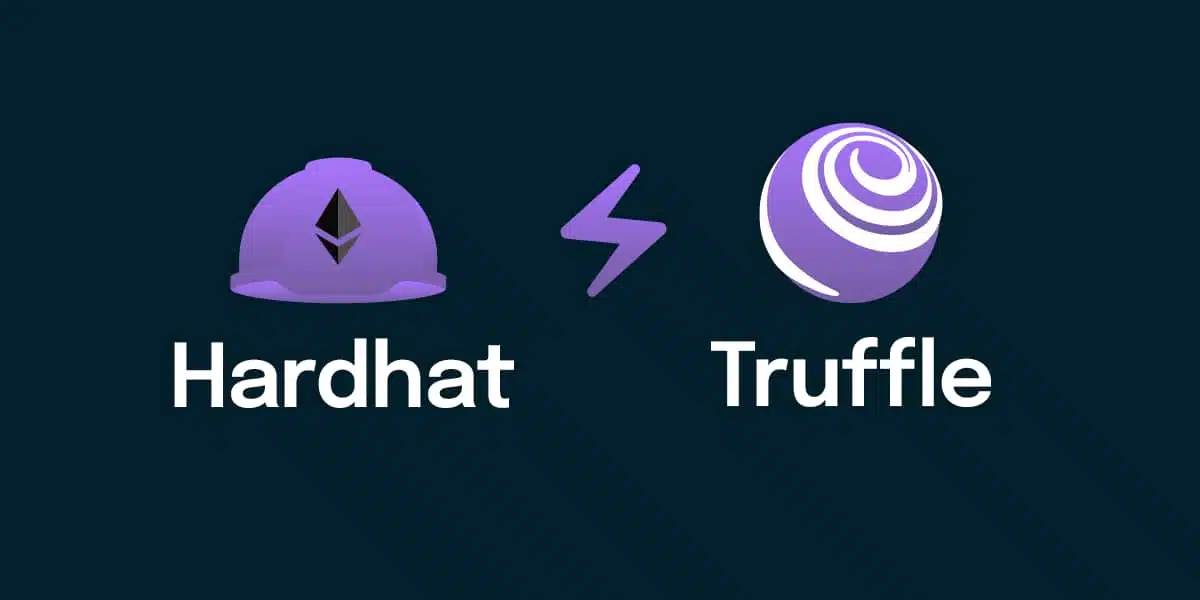
Blockchain

Hardhat vs Truffle
Hardhat and Truffle are two of the dominant development environments for projects that interact with blockchains based on the Ethereum Virtual Machine (EVM). Thus, it is important to have an overview of how they differ on certain aspects in order to be able to choose the most suitable one for each project of interest. At […]
Romina
April 18, 2023
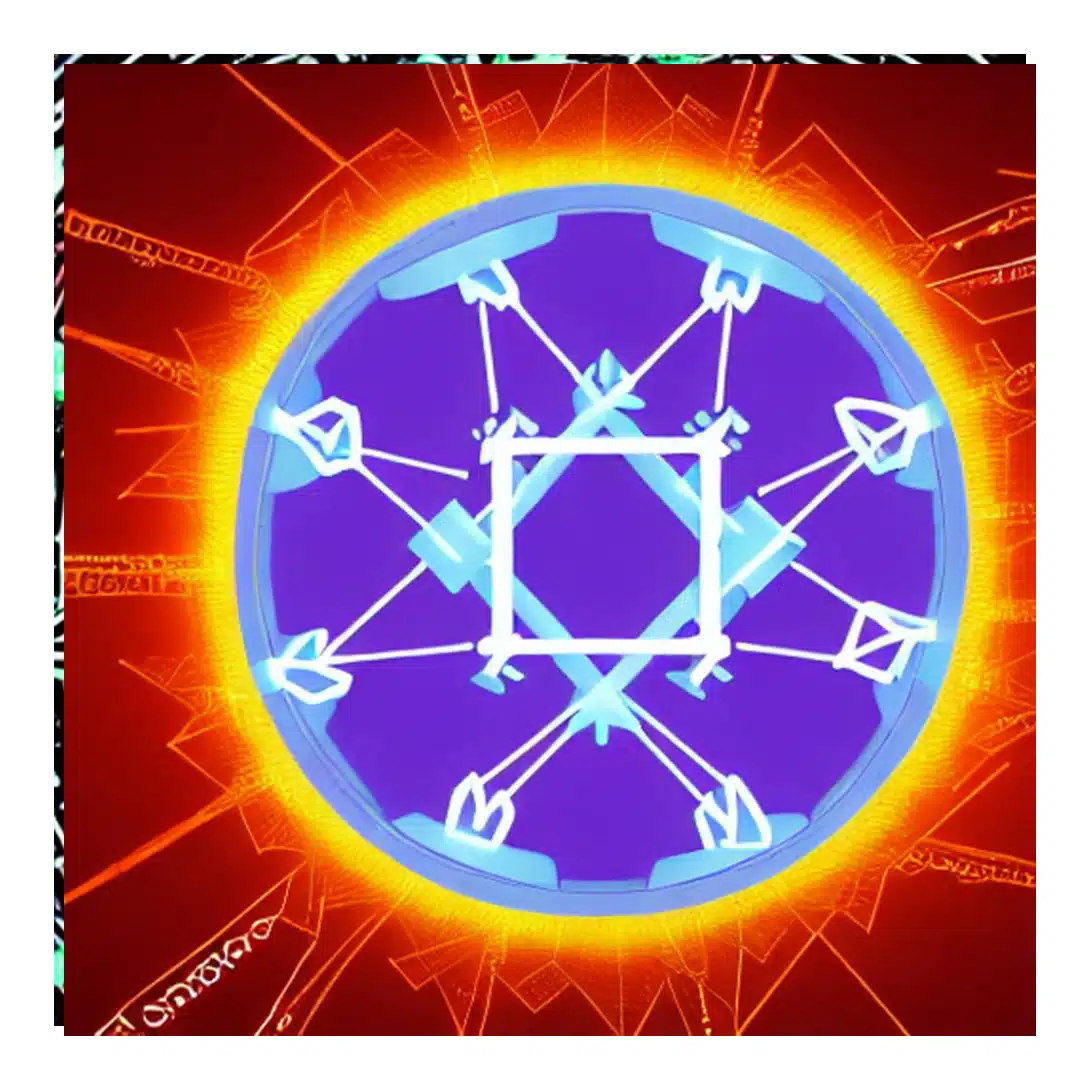
Blockchain

Preventing re-entrancy attacks in Solidity
Re-entrancy is a vulnerability in smart contracts that can result in unexpected behavior and loss of funds. This vulnerability enables an attacker to execute a function call repeatedly before the original call has completed. Therefore, re-entrancy can change the contract’s state in unforeseen ways and trigger unintended operations. This can lead to significant security risks, […]
Martin Liguori
March 21, 2023

Blockchain

Understanding Signature Replay in Solidity: A Comprehensive Guide
When developing smart contracts on the Ethereum blockchain, it’s essential to consider potential security vulnerabilities in order to make the contract safe. One important vulnerability comes from is signature replay attacks, which can result in malicious actors gaining unauthorized access to contract functions. The aim of this article is to explain what these attacks are […]
infuy
March 6, 2023

Blockchain

Self Destruct in Solidity: A Guide
First of all, this function is going to be deprecated in the newer versions of Solidity. With that said, let’s talk about this powerful feature, which can be used to destroy a smart contract, freeing up storage on the blockchain. While it can be a useful tool, it can also be dangerous if not used […]
Martin Liguori
February 28, 2023

Blockchain

Preventing Denial of Service Attacks in Solidity
Solidity security is a critical concern for anyone building smart contracts on the Ethereum blockchain. One of the biggest security risks for contracts is the potential for Denial of Service (DoS) attacks. Malicious users can intentionally cause a smart contract to consume more resources than intended, or make it unresponsive, unavailable or cause calls to […]
Martin Liguori
February 27, 2023

Blockchain

Ethereum Tokens & Token Standards – Explained
Blockchain development transformed the way businesses operate. While cryptocurrency coins play an integral role as an investment asset, equally important and useful are the tokens.
Martin Liguori
December 21, 2022
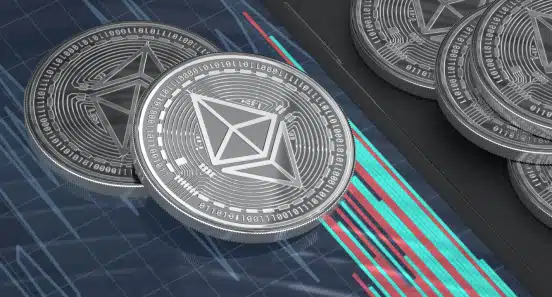
Blockchain

Ethereum PoS – The Merge
There’s been a lot of buzz around the Ethereum Merge – the mainnet merging with the Beacon Chain; the move to the Proof-of-stake consensus mechanism. And finally, on September 15, 2022, it happened. This blog post delves into what Ethereum merge is, its benefits, and more. Let’s get started. What is Ethereum Merge? Until some […]
Martin Liguori
September 21, 2022